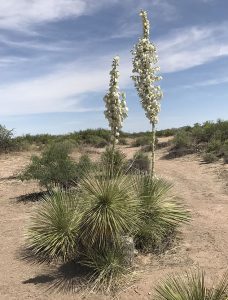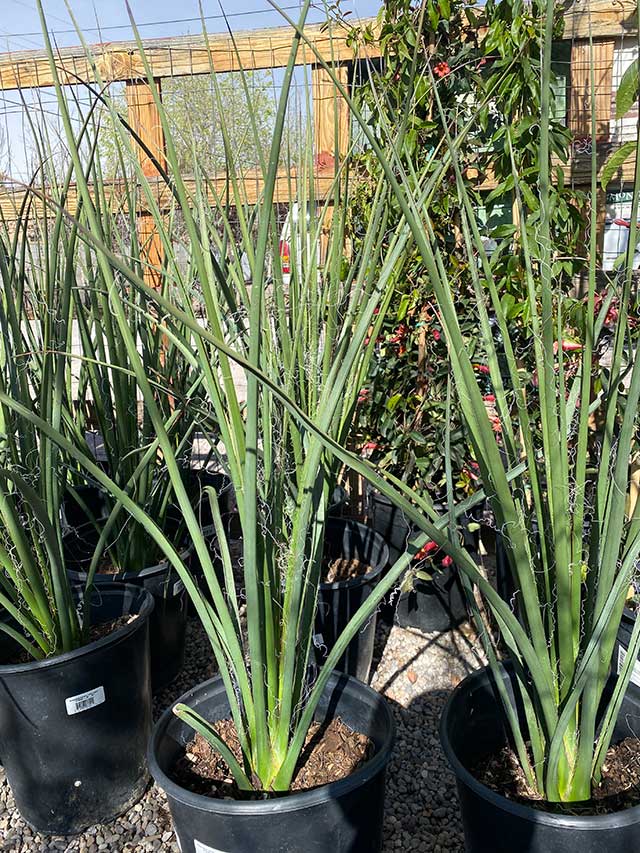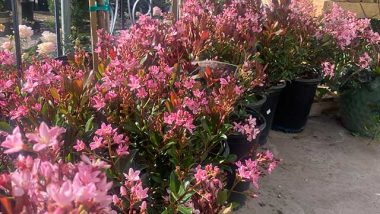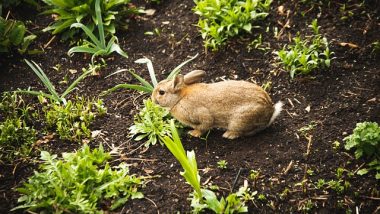Last updated on December 14th, 2024 at 07:28 am
Growing Hesperaloe Funifera, commonly known as the Red Yucca, is called the “Little Giant Yucca”. It has a rich history deeply entrenched in the rugged terrains of North America.
This plant’s migration begins in the heart of the Chihuahuan Desert, sprawling across northeastern Mexico and extending its reach into southern Texas. It will do well in Southwest New Mexico and Arizona.
Hesperaloe funifera, commonly called the giant yucca or Coahuilan hesperaloe, stands out with its striking features. Its tall, narrow leaves form a tight clump, often reaching impressive heights that add structure to a garden. The fibrous threads along the leaf edges give it a unique, textured appearance, setting it apart from other desert plants. Whether used as a focal point or in combination with other species, this plant brings a bold, quality to outdoor spaces.
It is a slower-growing evergreen desert plant, good for Xeriscape design. The leaves are long and narrow I call them fronds. Candelabra flower stalks can soar up to 10-15 feet in height. An excellent plant for business or home properties as it is drought-tolerant and virtually maintenance-free.
You can see more pictures over at Mountain States Website.
How should I care for a Hesperaloe plant?
To properly care for a Hesperaloe Funifera, ensure it’s planted in almost any soil type and is exposed to full sunlight. It can withstand temperatures down to zero degrees Fahrenheit. The plant generally requires minimal supplemental watering, except during summer’s dry months. The Giant Hesperaloe variety can grow into a large clump, reaching up to 6 feet in both height and width when fully mature.
Is it a Perennial?
It is indeed a perennial plant, meaning it will re-emerge every year. It is valued for its hardiness and capacity to withstand various climate conditions. With the appropriate care, this yucca will consistently grow and bloom with its distinctive flowers. Flower color varies from greenish-white to vibrant red, orange, yellow, and sometimes pink.
How to Plant this Yucca
For optimal results, choose a location that receives full sun and has well-drained soil. When planting nursery plants from an existing plant, space them at least 2-3 feet apart to accommodate their growth over time. The Red Yucca plants are known for being low-maintenance and can spread relatively quickly as they mature. Do NOT plant in caliche or hard soil. From my experience, it is best to use cactus soil or mix when planting these plants,
Problems with Yucca Plants
Mealybugs and root rot are common problems. Spraying with neem oil or insecticidal soaps will kill the Mealybugs off your Yucca plants. Root rot is caused by too much water. Many novice landscapers will add a water line to this plant but not necessary
Fungal diseases can be a serious problem for Yucca plants, particularly in regions that experience heavy rainfall. Excessive moisture in the air and soil creates a perfect environment for fungi to thrive and attack these plants. One common sign that your Yucca plant is suffering from a fungal issue is the appearance of brown spots on its leaves.
If not addressed promptly, these spots can spread and lead to more extensive damage. To help your Yucca plant recover from this type of infection, it is advisable to apply a fungicide spray that contains copper. This type of treatment can effectively combat the fungal infection, allowing your plant to regain its health and vitality. With proper care and attention, the Yucca plant can bounce back and continue to thrive.
USDA Zones 6-11
More information about Yuccas for Landscaping.


Greenhouse Manager, Master Gardener, and Webmaster.
If you have any questions or enjoyed this post, feel free to share your thoughts in the comments below.



